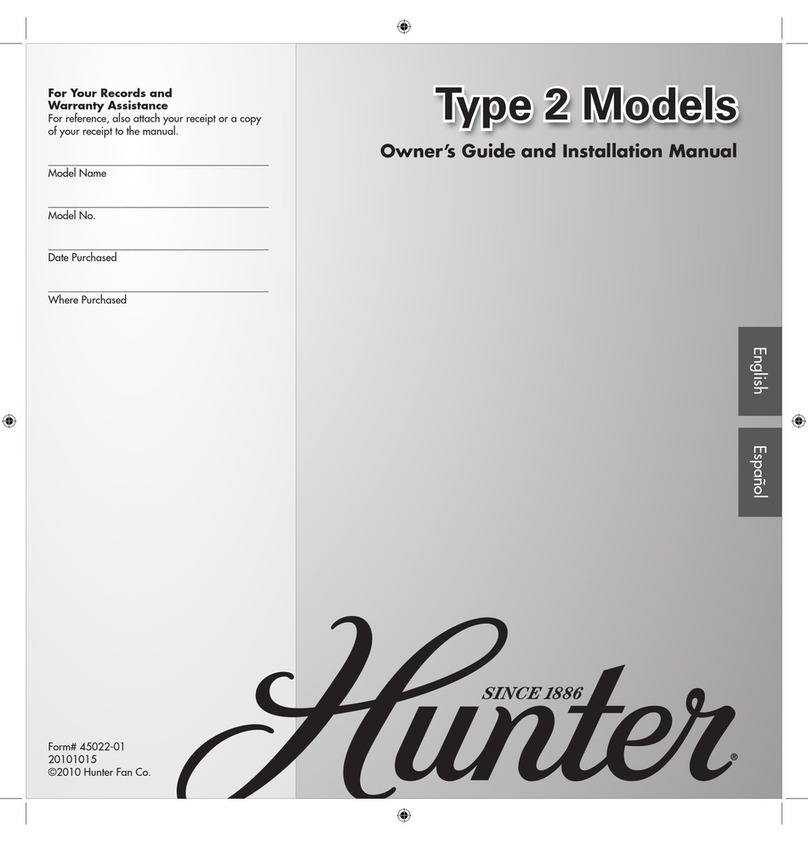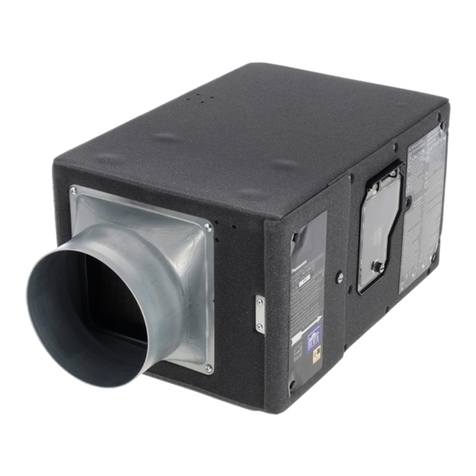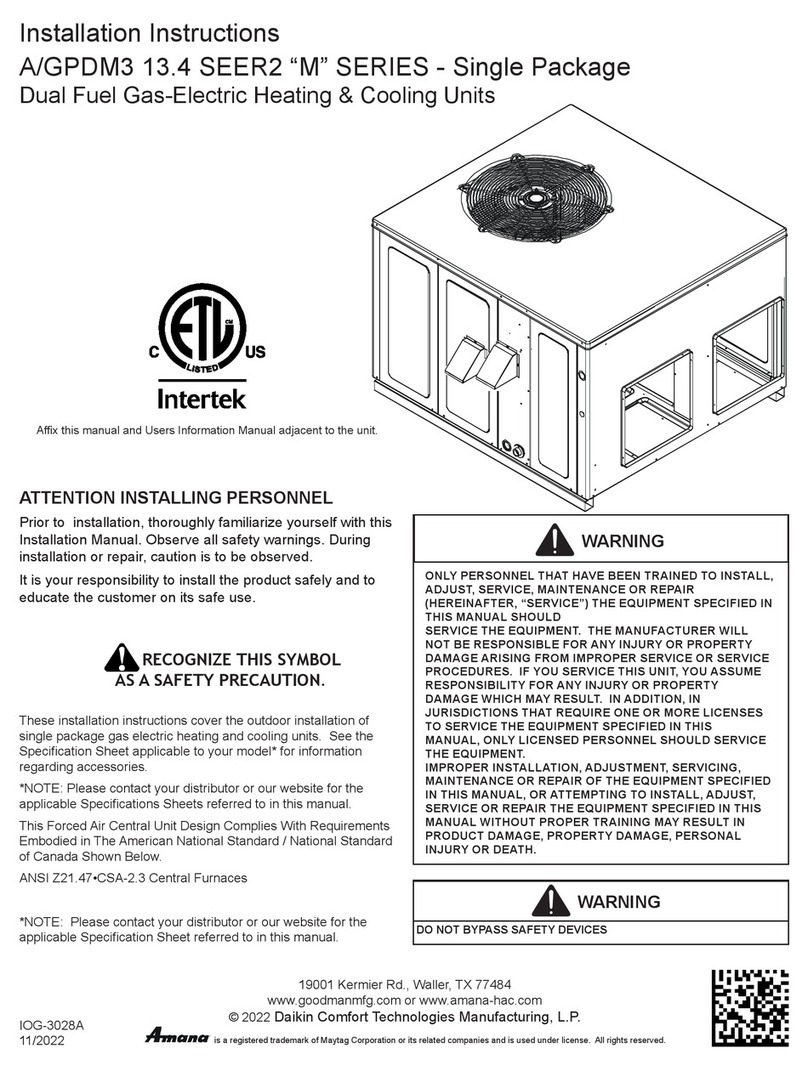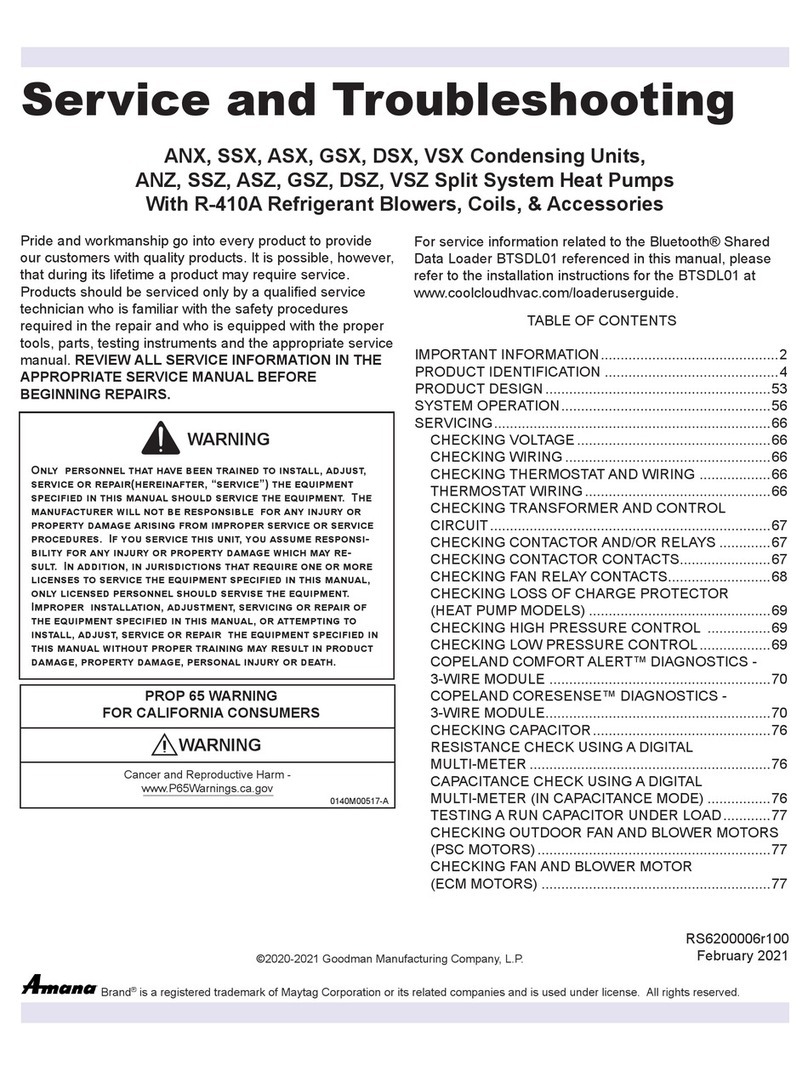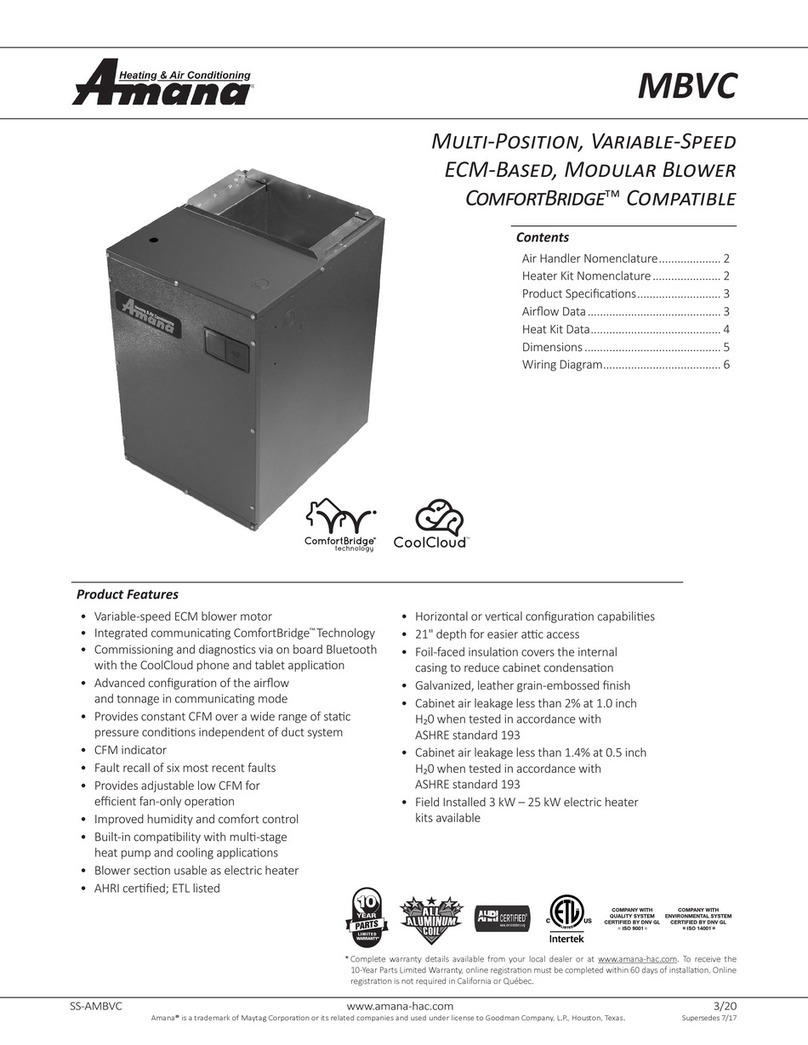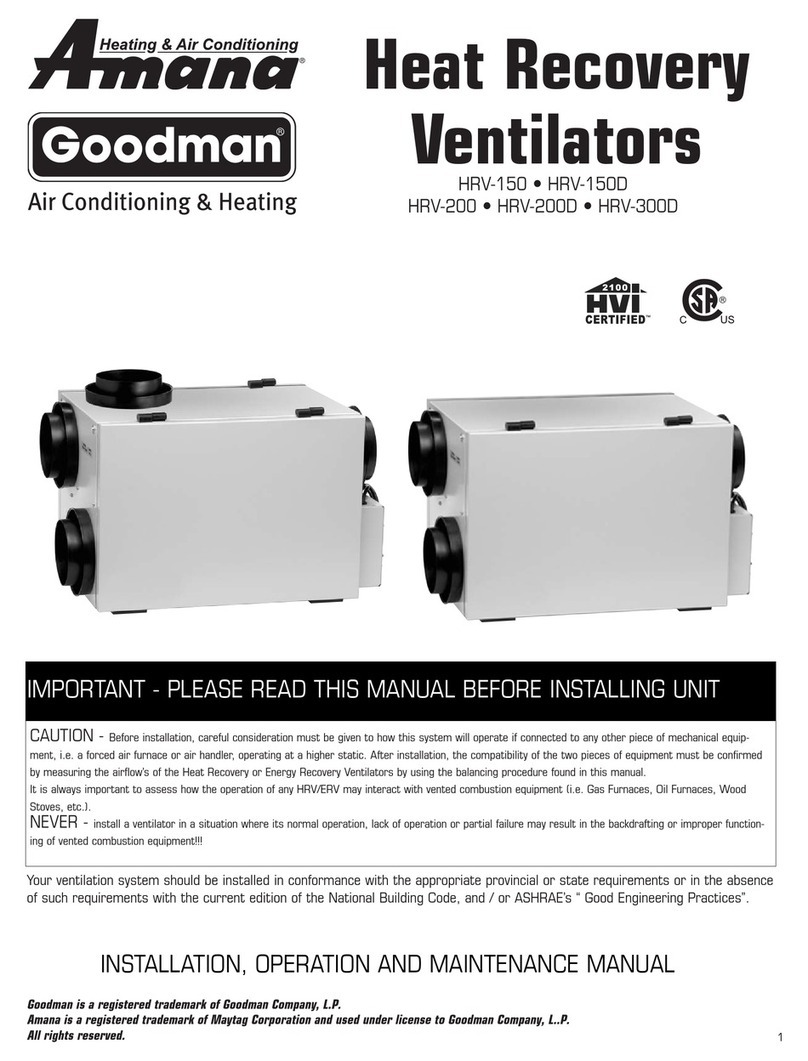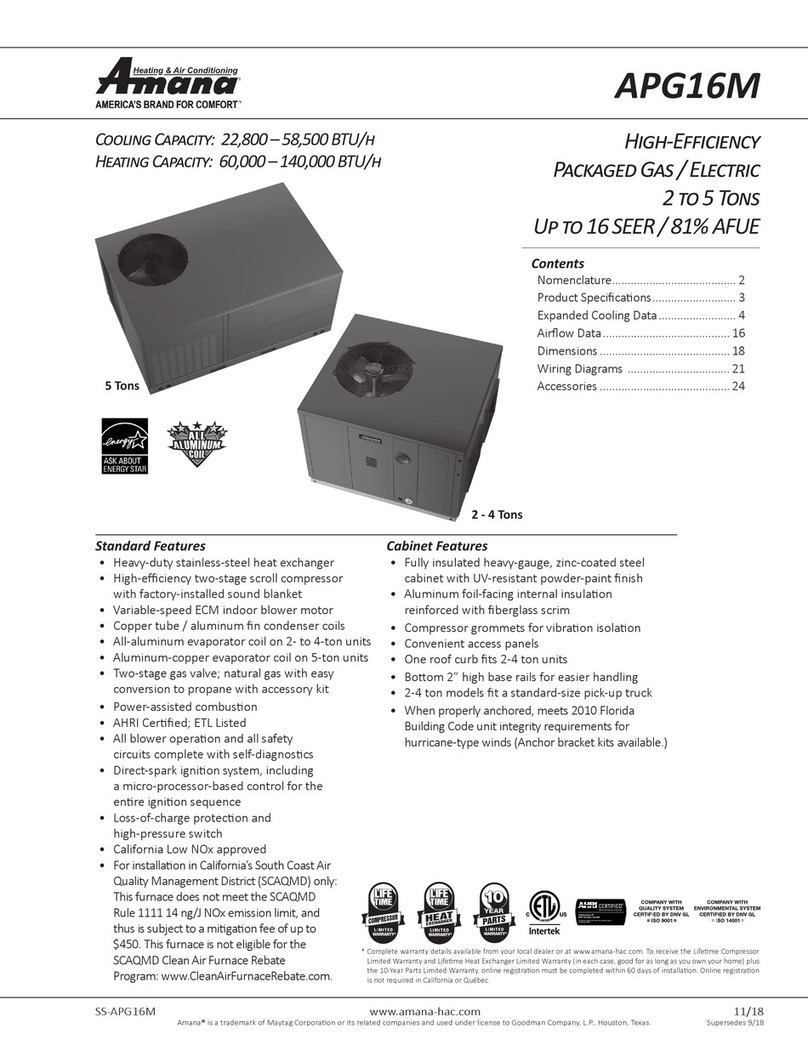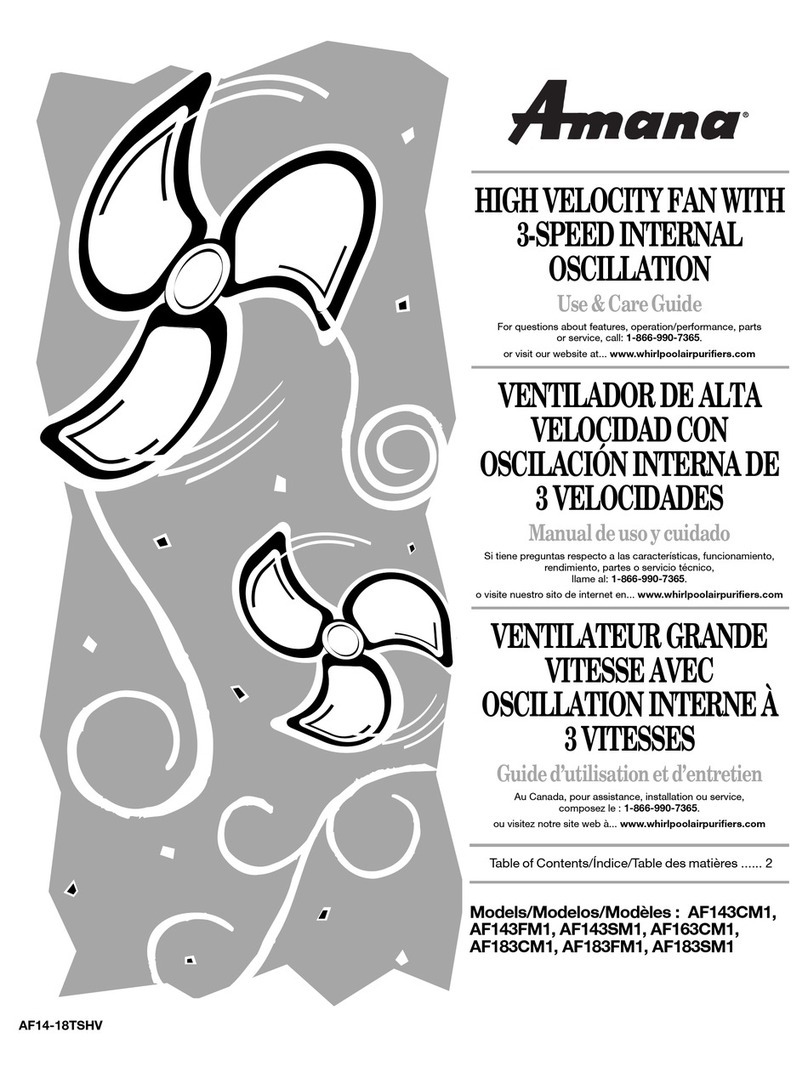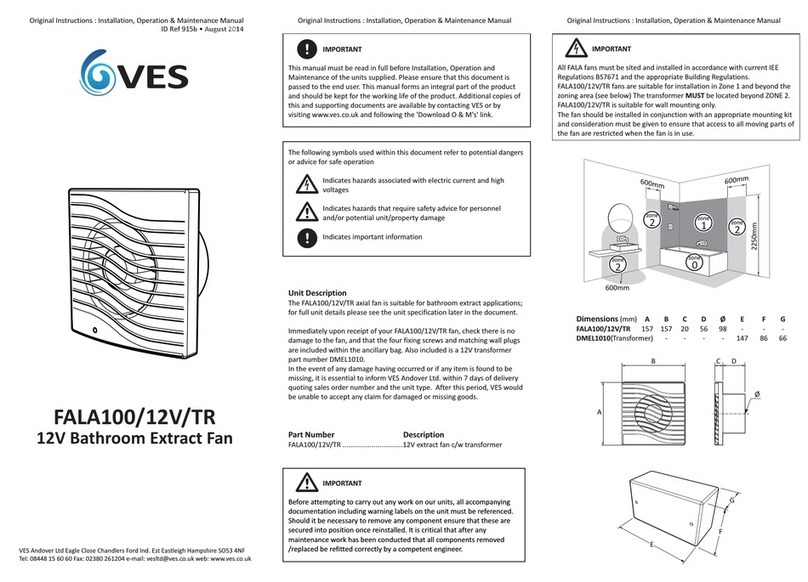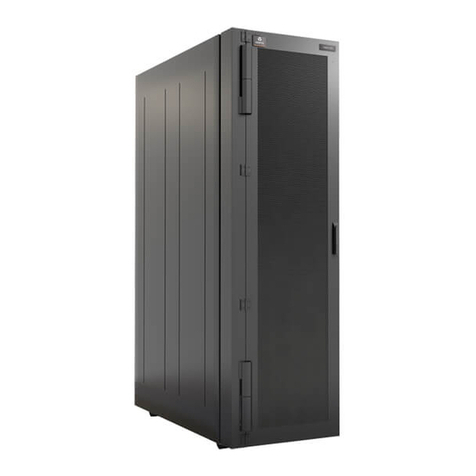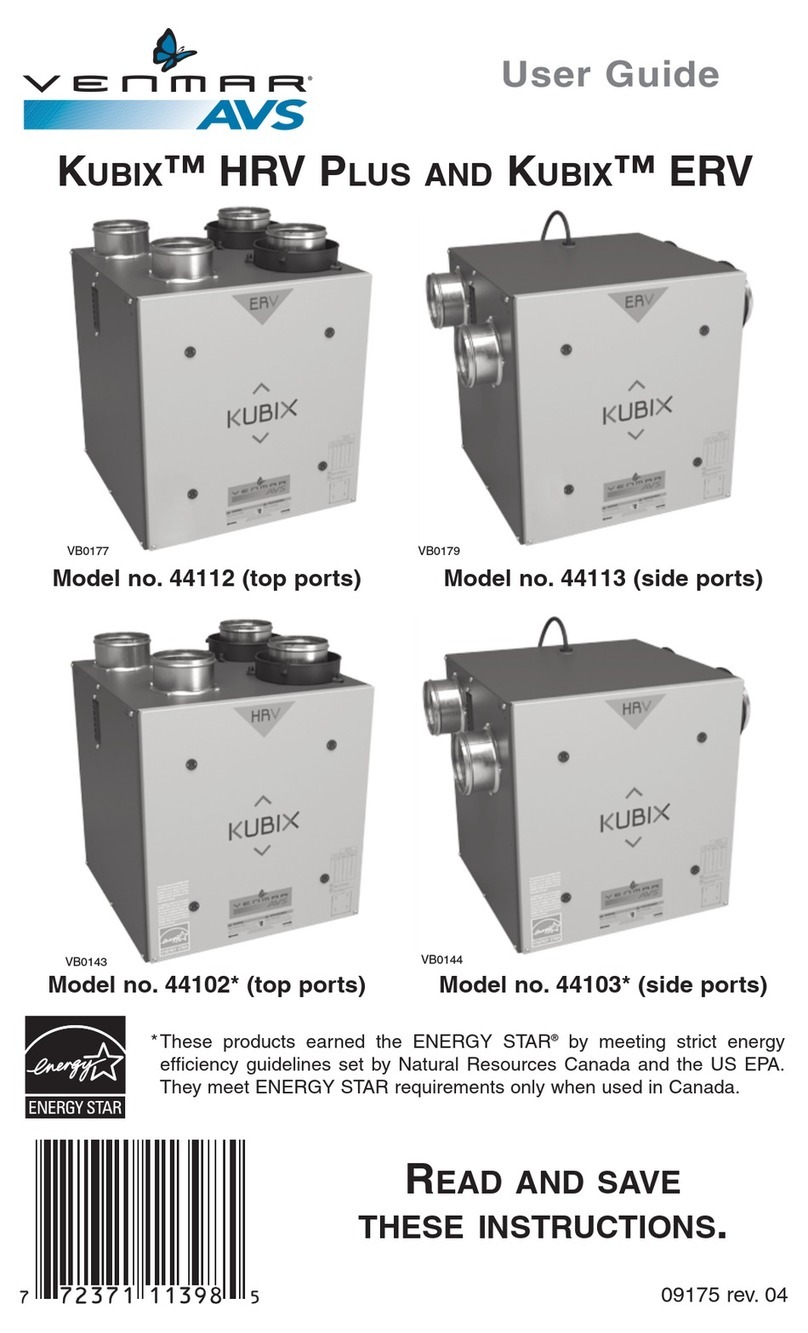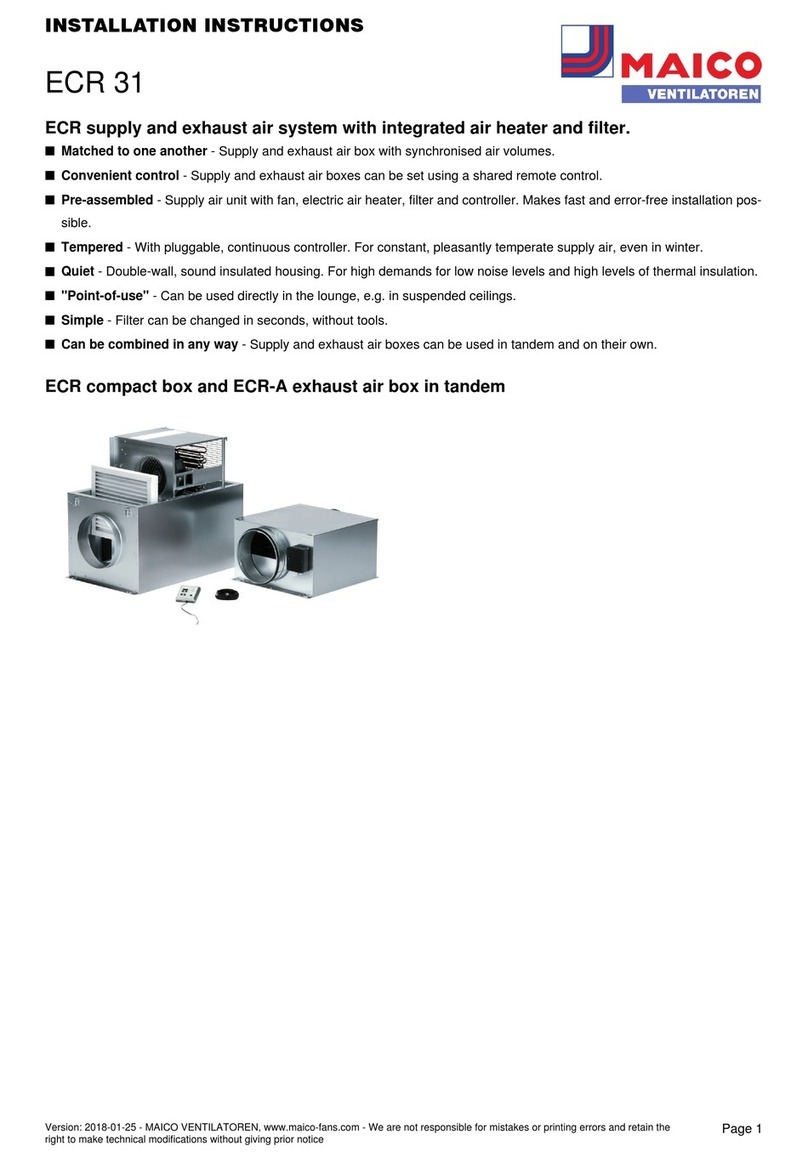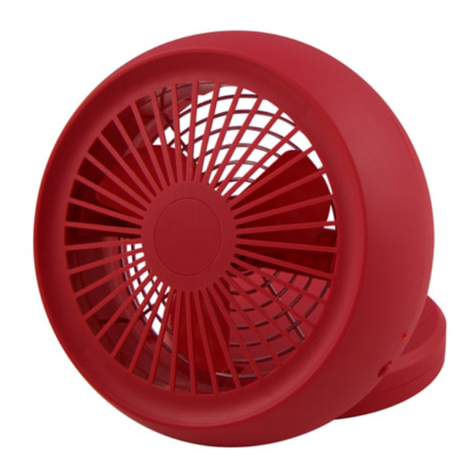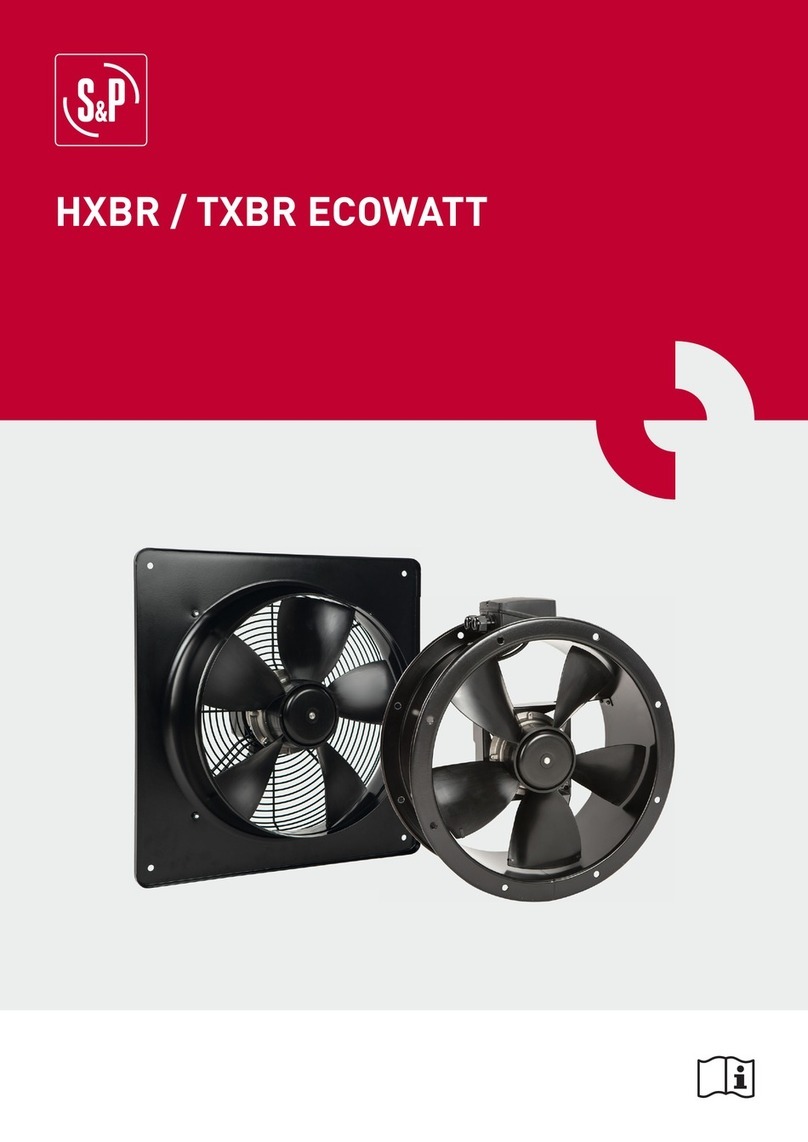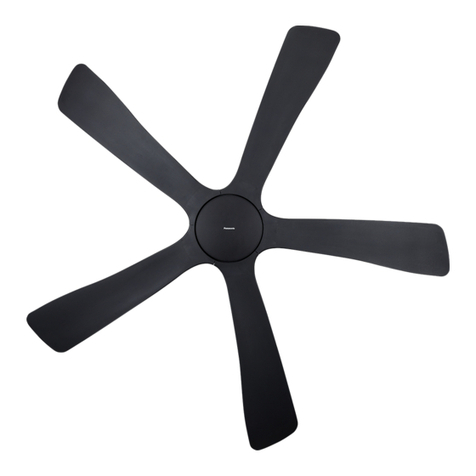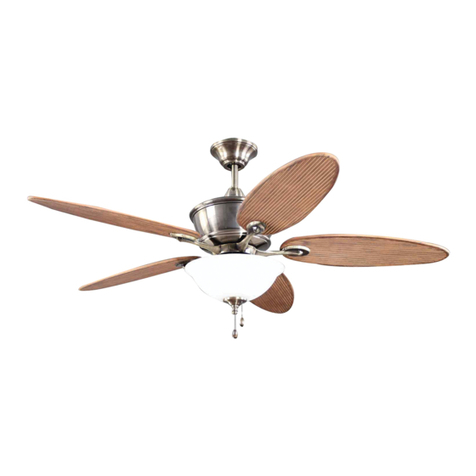
2
INDEX
REPLACEMENT PARTS.................................................2
..........................................................2
SAFETY INSTRUCTIONS ..............................................2
.........................................................2
GENERAL INFORMATION .............................................5
...........................................5
UNIT LOCATION..............................................................6
.......................................................6
...........................6
....................................6
................................7
RIGGING DETAILS .........................................................7
GAS PIPING.....................................................................7
....7
...........................................................................8
....................................................8
PROPANE GAS INSTALLATIONS .................................9
........................................................9
ELECTRICAL WIRING ..................................................10
..............................................10
.......................................10
CIRCULATING AIR AND FILTERS............................... 11
................................................ 11
.................................................................. 11
....................................................................... 11
VENTING........................................................................ 11
...........................................12
CONDENSATE DRAIN..................................................12
..............................12
NORMAL SEQUENCES OF OPERATION ..................12
.....................................................................12
.....................................................................12
...................................................................13
STARTUP, ADJUSTMENTS, AND CHECKS ...............13
......................................................13
.....................14
....................................................15
...............................................15
........................................16
..........................16
......................................................17
TROUBLESHOOTING ..................................................18
SUPERHEAT...................................................................18
.................................................18
...............................................18
...............................18
19
............................20
MAINTENANCE.............................................................20
..........................20
...................................20
...20
......................................................20
.............21
............21
......................................................21
....21
....................................................21
ACCESSORIES AND FUNCTIONAL PARTS..............22
......................................22
.....................................................22
...............................................22
APPENDIX ......................................................................29
UNIT DIMENSIONS.......................................................29
WIRING DIAGRAMS .....................................................30
MINIMUM CLEARANCES.............................................36
RECOMMENDED FILTER SIZES ................................36
START-UP CHECKLIST................................................38
REPLACEMENT PARTS
When reporting shortages or damages, or ordering repair
parts, give the complete unit model and serial numbers as
stamped on the unit’s nameplate.
Replacement parts for this appliance are available through
your contractor or local distributor. For the location of your
nearest distributor, consult the white business pages, the
yellow page section of the local telephone book or contact:
HOMEOWNER SUPPORT
GOODMAN MANUFACTURING COMPANY, L.P.
19001 KERMIER ROAD
WALLER, TX 77484
SAFETY INSTRUCTIONS
Before installing this unit, please read this manual to famil-
to, including maximum external static pressure to unit, air
temperature rise, minimum or maximum CFM and motor
speed connections.
Keep this literature in a safe place for future reference.
WARNING
DO NOT CONNECT TO OR USE ANY DEVICE THAT IS NOT DESIGN CERTIFIED
BY GOODMAN FOR USE WITH THIS UNIT. SERIOUS PROPERTY DAMAGE,
PERSONAL INJURY, REDUCED UNIT PERFORMANCE AND/OR HAZARDOUS
CONDITIONS MAY RESULT FROM THE USE OF SUCH NON-APPROVED DEVICES.
WARNING
SHOULD OVERHEATING OCCUR OR THE GAS SUPPLY FAIL TO SHUT OFF, TURN
OFF THE MANUAL GAS SHUTOFF VALVE EXTERNAL TO THE FURNACE BEFORE
TURNING OFF THE ELECTRICAL SUPPLY.

